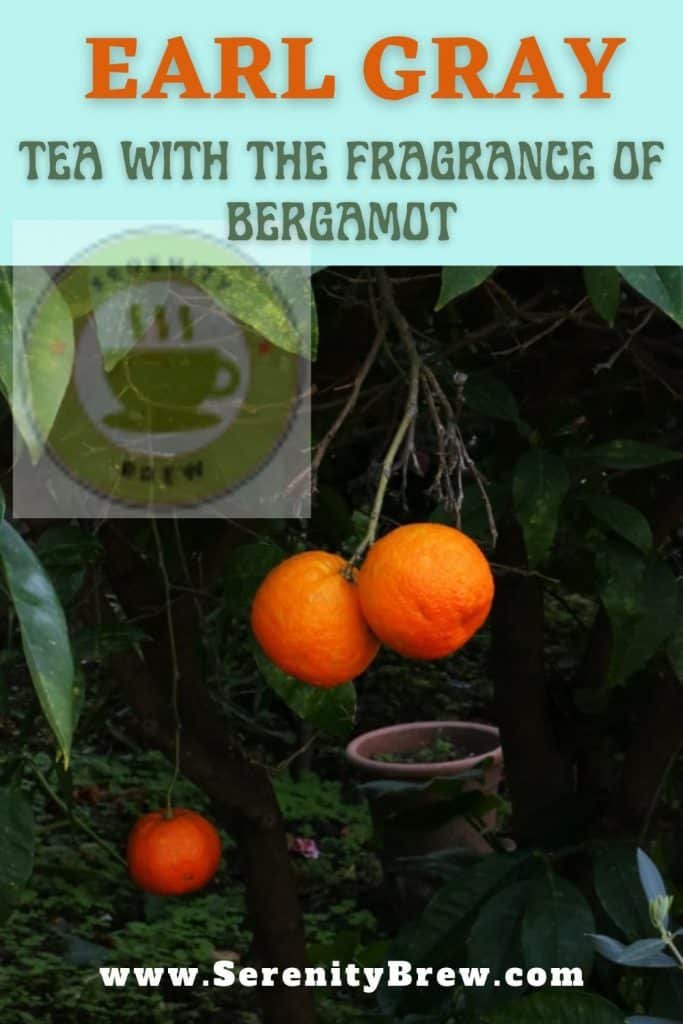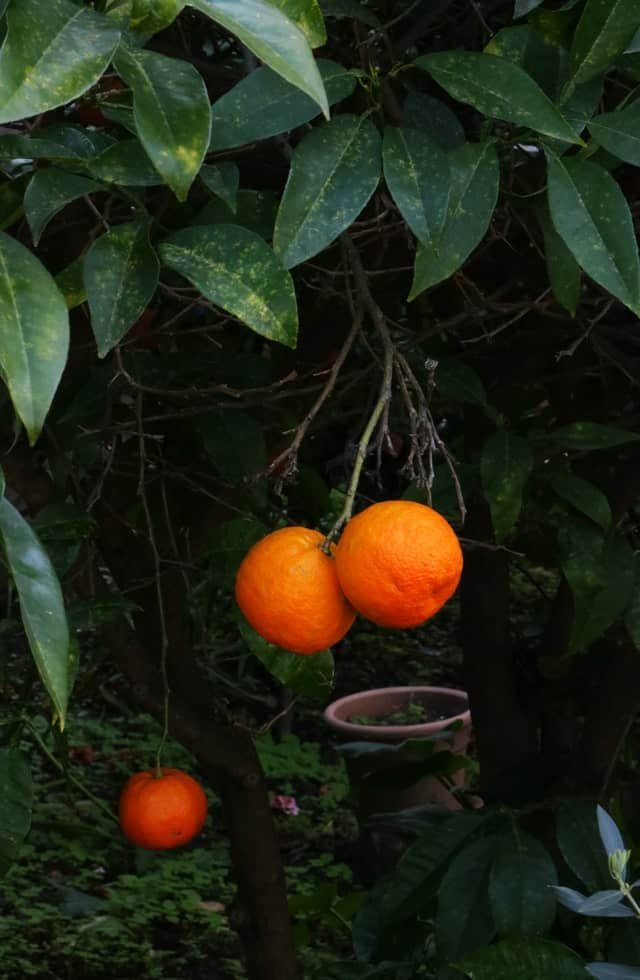
What is more English than Earl Grey? The Beatles? The Big Ben? Queen Elizabeth? Earl gray is one of the quintessential English teas and one of the most classic, well-known and delicious combinations in the world of teas.
What is Earl Gray
Earl Gray is a tea blend flavored with bergamot oil, a fruit that gives the base, usually black tea, its wonderful, refreshing citrus fragrance.
Earl Gray is a typically English tea that is very popular in England and abroad. As we told you, it is traditionally made with black tea, but do not think that because it is a flavored tea, tea of any quality is used.
It is common to use selections from blends of different black teas, but monovarietal Earl Grays also exist. The black teas used can be of any type: Chinese, Indian or even African. Twinings, a famous brand, uses Keemun; Dilmah uses teas from Sri Lanka.
In recent times, varieties of Earl Gray using green or white teas (or even rooibos!) have appeared. It seems that the Earl Gray concept has gone beyond tea and has been opened to describe any infusion flavored with essence of bergamot.
The magical essence of bergamot
Bergamot is a fruit similar to an orange, but with green skin like a lemon and a convex shape, reminiscent of a pear or avocado.
Bergamot is a citrus fruit and, like the rest of the family, is believed to originate from the tropical and subtropical regions of Southeast Asia. Today, 80% of bergamot is produced in Calabria, in Italy, but it is also grown in Spain, Brazil or Argentina.
If bergamot is cultivated, it is not precisely for its flavor, which is tremendously sour. In some places, its pulp is used to make desserts or jams, adding a good dose of sugar, but the secret that has made this fruit famous is in its skin.
The skin of the bergamot is very aromatic and its essential oils are extracted from it to use them in gastronomy or also in cosmetics.
Applications of bergamot essential oils began in the 16th century in perfumery. The first orchard for bergamot cultivation was planted in 1750.
The health properties of earl gray
The world of teas and infusions gives us the rare opportunity to find drinks that are both tasty and healthy.
Earl Gray combines the properties of black tea with those of bergamot. Here is a summary. If you want to extend the information here you have a complete article on the benefits of black tea.
- Antioxidants – The black tea commonly used for Earl Gray blend contains high concentrations of antioxidant elements known as polyphenols that can improve overall health. These compounds have been studied in different scientific publications for their apparent relationship with the reduction of the risk of suffering from some types of cancer. Bergamot is also an excellent source of antioxidants.
- Cardiovascular health: Black tea may also help prevent cardiovascular disease, as it lowers blood pressure.
- Diabetes: Some studies suggest that the consumption of black tea could be used to treat the symptoms of diabetes, since it reduces blood sugar levels.
- Disinfectant: for its part, bergamot has long been considered a good disinfectant. Recent studies suggest a potential use as an antibacterial and antiseptic.
- Uplifting – The combination of theine with theanine makes Earl Gray help you get going without getting you high the way a coffee would.
- Digestive: the astringency, caused by the tannins present in the tea, will help you improve heavy digestion.
- Stimulates autophagy – One of the most interesting recent discoveries about bergamot is its properties to stimulate cellular autophagy. Autophagy is a kind of housekeeping whereby cells get rid of unnecessary or dysfunctional components.
Types of Earl Gray
Lady Gray
Lady gray tea is a well-known and milder version of earl gray. It maintains the characteristic citrus flavors, but softens them by toning down the bergamot and adding hints of lemon and orange.
Lady gray is a registered trademark of Twinings, which launched this milder-flavored variety as a gateway to the Nordic market .
Russian Earl Gray
There are also variants of earl gray that add lemongrass to the mix. They are usually calledrussian earl gray and, of course, they keep the bergamot and other citrus components.
Earl Gray rooibos
This tea is ideal for those sensitive to caffeine. The citrusy hints of bergamot combine wonderfully with the sweet flavor of rooibos for a delicious tea with absolutely no caffeine.
Earl Gray green or white
There are also versions of Earl Gray that use green or white tea instead of black. Typically, these types of teas have less body and milder flavors than black tea. The essence of bergamot enhances its clean and fresh flavors and generates really interesting combinations.
Other commercial mixes
Turning to commercial variations, there are several examples of manufacturers that have taken the Earl Gray recipe further and extended it with additional scents. Among them we can highlight a Twinings recipe that includes prune and star anise. Rich and surprising!
History of a name: who was the Earl of Earl?
Earl Gray tea is named after the second Earl Earl, Charles Grey, who was also Prime Minister in 1830. The story of how and why is not so clear.
Twinings is a well-known English brand of teas, considered the first to be made by Earl Gray in Great Britain under the mandate of Charles Grey, 2nd Earl Earl. On their website, they say that history says that the first tea of this type originated by replicating a tea that a Mandarin Chinese gave to the Count as a gesture of gratitude after one of his men saved his son from dying drowned.
Other versions of this story place the heroism in India, and the gesture of thanks coming from a Maharaja in compensation for having saved his son from a tiger.
Be that as it may, somehow and at some point, the Count tasted a blend of bergamot-flavoured tea that he liked and became fond of. When his supplies ran low, he instructed the Twinings tea factory (although here too there is a dispute with the equally iconic Jacksons of Piccadilly factory) to make him a similar blend.
What is indisputable is that the blend was a success and its fame grew and grew until it became one of the most consumed teas in Great Britain.
Taking Earl Gray like an Englishman

Properly preparing Earl Gray is no secret, just follow these basic instructions.
- To properly prepare Earl Grey, use very hot water, almost 100º C.
- Put in your teapot between one and two teaspoons of tea per cup that you are going to prepare.
- Pour the water and let stand about 5 minutes.
The most common ways to consume it are alone or with milk and sugar.
The Earl Gray is a classic of English afternoon tea, the famous tea time. Being an intense and full-bodied drink, it does not lose its character even if it is accompanied by a meal. Sweets like butter cookies, scones, or muffins are inseparable from the Earl Gray in English high tea.
